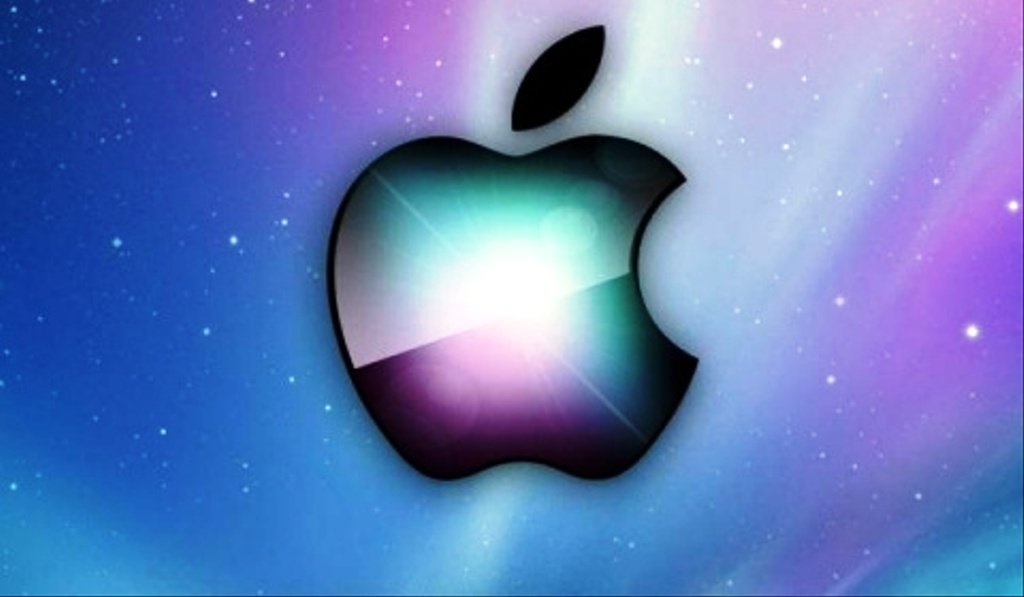Modern internet is extremely fast. Terrestrial services offer download speeds ranging into the thousands of Mbps and even satellite connections are now offering speeds up to a hundred Mbps.
But just because modern internet is highspeed does not necessarily mean that it’s cheap.
On the contrary, high-speed internet means that you gobble up your monthly data limit faster without having an exact measure of how much you’ve consumed. And once you cross your monthly data usage threshold you can expect to get into all sorts of trouble.
Several internet service providers (ISPs) charge ridiculous amounts of extra cash for data top-ups. Meaning you have to pay wards of cash in addition to the monthly charges you have already cleared just to stay connected to the world.
While there is no shortage of empathetic ISPs that do not cut you off from the world when you cross your monthly data limits they tend to impose creative penalties of their own.
For instance, certain providers reduce your download speed drastically once you’ve eaten all of your monthly data pie.
Meaning that even though you are still connected to the internet and can perform basic tasks like browsing, your ability to perform data-intensive tasks like research, streaming, and gaming is greatly reduced.
So, for those of you who are not lucky enough to have access to (or afford), unlimited data plans and are not rich enough to spend hundreds of dollars in addition to your standard monthly charges here are 3 tried and tested methods you can deploy to make your data plan last longer.
COMPARE MULTIPLE PROVIDERS BEFORE MAKING A FINAL DECISION

The first and most important thing you can do to make sure that you do not exceed the data usage limit is to decide on the data plans and usage limits that best suit your connectivity needs.
Never, I repeat never hitch a ride with the first ISP to reach out to you, this is the most noob mistake you can make.
There is no shortage of internet providers out there. From Cable based internet like Xfinity and Cox to Highspeed Fiber internet providers like Kinetic, Spectrum, Ziply, and Smithville to hybrid ones like AT&T and Optimum to DSL-based providers like Century Link to even satellite internet providers like HughesNet and Starlink, there are literally dozens and dozens of options you can choose from.
Each of these providers offers multiple packages and plans which are designed to meet distinct types of needs.
So, make sure you conduct a hefty amount of market research and dig out the best internet deals before you make a final decision.
Remember this choice will have long-term impacts on your internet experience, so do not be a slacker.
WATCH OUT FOR WI-FI THIEVES
Wi-Fi theft is the most common type of theft in the United States. Sadly, there is no Federal law protecting paying users from having their hard-earned internet data stolen from them. This means that anyone who has the required skills can enjoy using your internet with impunity.
And stealing Wi-Fi is not hard. All you need is a rooted device and plenty of time on your hand. Anyone with even cursory knowledge of technology can steal your Wi-Fi using one of the several freely available apps designed to do exactly that.
Luckily, protecting yourself against Wi-Fi theft is almost as easy as doing it, all you need is a little vigilance. Most ISPs provide users with accompanying mobile or desktop apps at the time of router installation.
These apps help users monitor their internet connection and usage. So as soon as you feel like there is a leakage in your data bucket or your download speed feels clumsy log in to your internet control app and instantly check the number of devices connected to your Wi-Fi.
If you find an unrecognizable or unknown device take mitigating actions immediately. You can try manually disconnecting that device from your Wi-Fi.
If that does not work you can always change your password, which means that you will have to re-enter the new password on every device you own but it’s worth the hassle.
And yes, be restrictive about who you choose to give your Wi-Fi password.
And if the problem persists even after you’ve changed your password contact your service provider, they can help install further protections on your router like Firewalls.
SAVE UP WHILE STREAMING VIDEOS

Streaming video content online is a very data-intensive activity. Streaming an Ultra High Definition (UHD) video on Netflix for up to an hour costs about 7 GB of Data. Similarly, streaming for the same amount of time in High Definition (HD) and Standard Definition (SD) can cost upwards of 3 GB and 1 GB of data respectively.
On the other hand, watching the same type of content for exactly the same amount of time in Medium and Low definition will eat up a mere 0.7 GB and 0.3 GB of your data. The difference is crystal clear.
For this reason, several internet providers install in-built video data saver features.
These video data savers automatically adjust the quality of your video content to make sure that you do not exceed your usage limits.
And if your provider did not have the foresight to set up this feature, you must perform this task manually.
Vigilantly keep an eye on your data usage and manually reduce the quality of videos while binge-watching so that you do not regret your movie marathons at the end of the month.
WRAPPING UP
In modern times high-speed internet has become a basic human necessity. And much like other basic necessities in the U.S. highspeed broadband is not free. Using too much internet data lead to additional costs which can eat into your monthly budget.
So, if you want to keep your internet cost within budget start implementing the above-mentioned techniques today.














